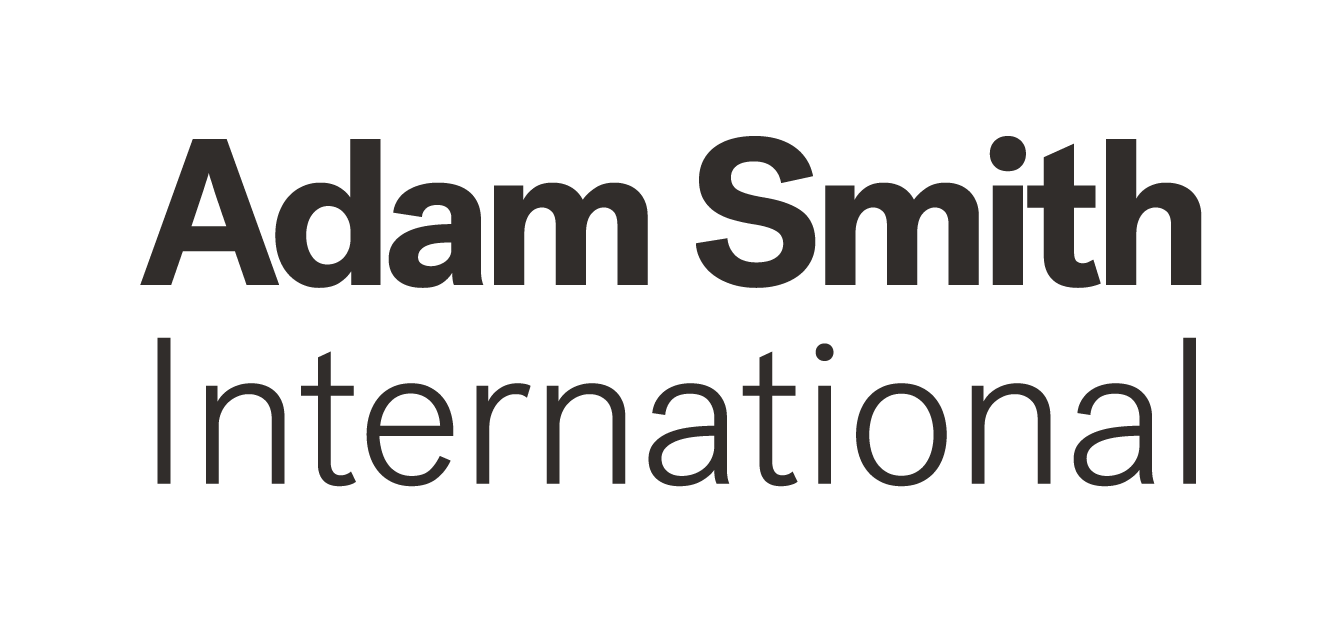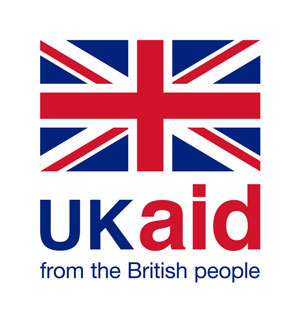Status of Air Pollution in Peshawar
In 2021, the World Air Quality Report declared Pakistan the second most polluted country in the world, and Peshawar was the ninth most polluted city globally. A report on the status of air pollution in Peshawar published by the Sustainable Energy & Economic Development (SEED) programme and the Peshawar Clean Air Alliance (PCAA) in 2021 found that the annual Fine Particulate Matter (PM2.5) in Peshawar has ranged between 61.40 μg/m3 and 80.09 μg/m3, exceeding the WHO’S acceptable standards by 12–16 times and Khyber Pakhtunkhwa’s own environmental quality (EQ) standards by 4–5 times (see Figure 1).

Why We Must Fight It
“Fine air pollution particles or PM2.5, are responsible for 6.4 million deaths every year, caused by diseases such as ischemic heart disease, stroke, lung cancer, chronic obstructive pulmonary disease, pneumonia, type 2 diabetes, and neonatal disorders. About 95% of these deaths occur in developing countries. A World Bank report estimated that the cost of the health damage caused by air pollution amounts to $8.1 trillion a year, equivalent to 6.1% of global GDP.”
–The World Bank
During the smog season, beginning in late October-November and spanning the winter months, Peshawar and its surroundings routinely witness AQI levels above 300, declared “hazardous” by U.S. EPA, as shown in Figure 2.

Such unhealthy air quality takes 2.3 years off the life of an average person living in Peshawar. With numerous industries, a population of more than 4 million, and 1 registered vehicle for every 6 persons in the city (based on 2017 census), the anthropogenic impact is significant in terms of gaseous and solid air pollutants, which in turn leads to considerable environmental and public health burden on the province.
The report published by SEED and PCAA also detail the sources of this air pollution, shown below.

It can be seen that transport is the biggest source of the pollution. It is important to note here that the pollutants generated from this sector are also significant contributors of climate change. For instance, black carbon is a particulate pollutant from combustion which contributes to global warming. The second biggest source of air pollution is the industries sector. Pollutants released from smokestacks at factories and power plants are also contribute to the increasing amount of greenhouse gases in the earth’s atmosphere, causing the climate to warm. Ozone pollution—smog—is also contributing to global warming and is melting ice caps in the Artic region as the pollution is carried there from the northern hemisphere. Similarly domestic sources contribute to the air pollution in Peshawar, which mainly stems from wood-burning. This releases both carbon dioxide and methane; the latter adds to ozone pollution and is a short-lived climate pollutant which is much more potent climate warmer than carbon compounds.
How We Can Fight It
“Air pollution and climate change are two sides of the same coin, but they are typically addressed separately. They should be tackled jointly, with a focus on protecting peoples’ health – particularly in low- and middle-income countries – to strengthen human capital and reduce poverty.”
–The World Bank
The first step in tackling air pollution is to measure and monitor it. A World Bank study found that there was only one PM2.5 ground-level monitor per 65 million people in low-income countries. Establishing a monitoring network should be a priority, and this data must be publicly available. It is also important to know the causes of the pollution, as these can be specific to the region and can only be dealt with accordingly. Making the data publicly accessible will also promote mass awareness and increasing pressure on the authorities to prioritise this issue. It must be noted that the role of civil society is crucial in the fight for clean air. Opportunities for such collaboration across public and private sector entities should be furthered and their efforts streamlined.
The Peshawar Clean Air Alliance
The Peshawar Clean Air Alliance (PCAA) is a 100+ members strong civil society association that is fighting against air pollution in Peshawar and Khyber Pakhtunkhwa. Driven by concerned citizens from all walks of life, the alliance aims to increase clean air days in the region to 100. The aforementioned report was a crucial effort by PCAA to generate strong evidence for policymaking on this issue and has since spurred decisive action by the Government of KP. PCAA has also joined hands with the Bank of Khyber to set up an air quality monitoring network in the region.


